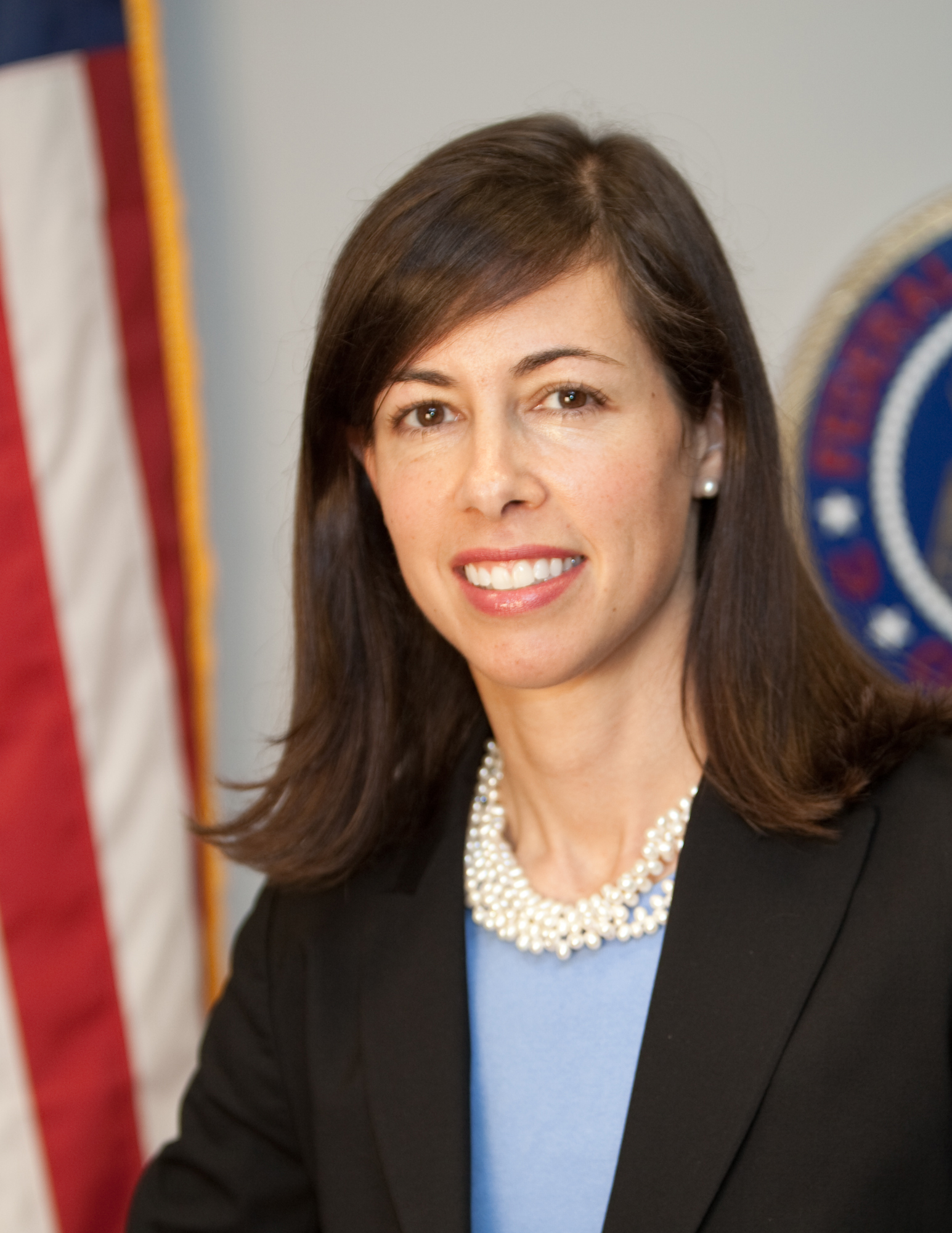 Across the country, one in four public elementary school students is Latino. And this number is growing. The U.S. Census Bureau projects that, in about 20 years, Latinos will compose one-third of the nation’s school age children. And in some states, like Texas, Latinos became the majority of public school students years ago.
Across the country, one in four public elementary school students is Latino. And this number is growing. The U.S. Census Bureau projects that, in about 20 years, Latinos will compose one-third of the nation’s school age children. And in some states, like Texas, Latinos became the majority of public school students years ago.
These numbers matter because we have yet to close what educators term the Latino “achievement gap.” According to the Department of Education, Latino students on average lag roughly two grade levels behind white students in reading and math exams. And Latino students lag behind their white and Asian peers in high school graduation rates in all but two states. This gap can be even greater for Latino students that are English language learners.
Now, I’m a regulator, not an educator. But as a member of the Federal Communications Commission, I’ve had a front-row seat to the digital revolution. Broadband and cloud computing are revolutionizing education. The traditional teaching tools that I grew up with – chalky blackboards and hardback books – are giving way to interactive digital content delivered through high-speed broadband.
Technology has become a means to create captivating content and distribute it widely. This means that teachers can better meet the needs of their own unique student populations. It means that resource-constrained schools can offer more English language instruction to the Latino students that make up nearly 80 percent of English language learners nationwide. And it means that students can gain the science, technology, engineering and math—or STEM skills—they need to compete in today’s economy.
But all of this requires schools to be connected to adequate broadband capacity. Today, the Federal Communications Commission’s E-Rate program distributes support to schools and libraries for broadband connectivity. Connectivity is essential, but it’s not enough. Indeed, 80 percent of schools have reported to the FCC that they do not have the really high-speed Internet access it takes to teach in the digital age. This merits our attention and concern.
The good news is that we can do something about it. At the FCC we recently started a reform effort to put in place a modernized E-Rate system—what I like to call E-Rate 2.0. We want to give this program new focus. We want to make it a program that supports really high-speed broadband to all of our schools.
I think reforming E-Rate is also an important first step to tackling another problem—broadband adoption at home. Today, nearly half of Latinos do not have access to high-speed broadband at home. Think about what it means to be a student in one of those households. It means just getting homework done is hard. And, although it’s worth noting that Latinos access the Internet wirelessly at higher rates than their white counterparts, completing a scholarship application or doing research on a smartphone remains a challenge. By bringing broadband to all of our schools, we will make digital age opportunities more broadly available. And we can start a conversation about how to better encourage and support broadband adoption in all communities.
So I am encouraged by the re-launch of the Hispanic Technology and Telecommunications Partnership (HTTP) this week, an umbrella coalition of Latino advocacy groups long involved in debates about telecom and tech policy and how these affect Latinos across the country. The FCC is embarking on a host of proceedings that impact Latino students and the Latino community more broadly, from E-Rate reform, to broadband adoption, to our upcoming wireless incentive auctions. We are making decisions that will impact the future of broadband networks, and in turn, educational opportunities and economic growth. Latino voices need to be part of the conversation. I look forward to hearing from you.
Jessica Rosenworcel is Commissioner at the United States Federal Communications Commission (FCC)

Recent Comments